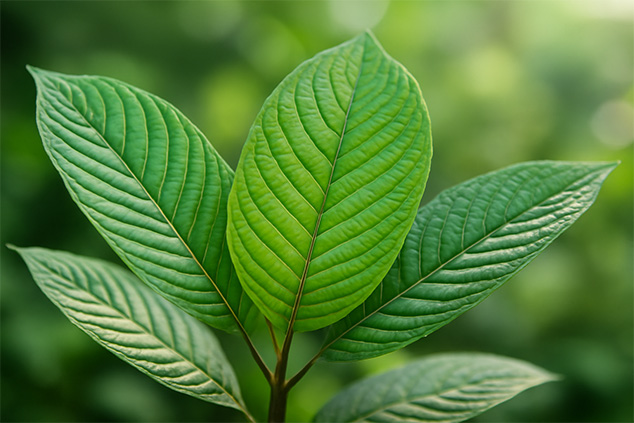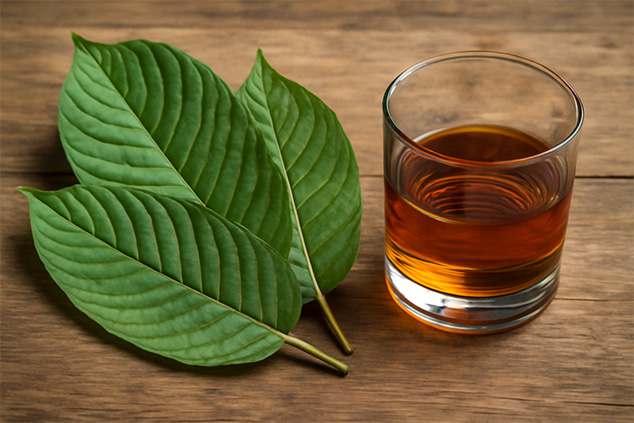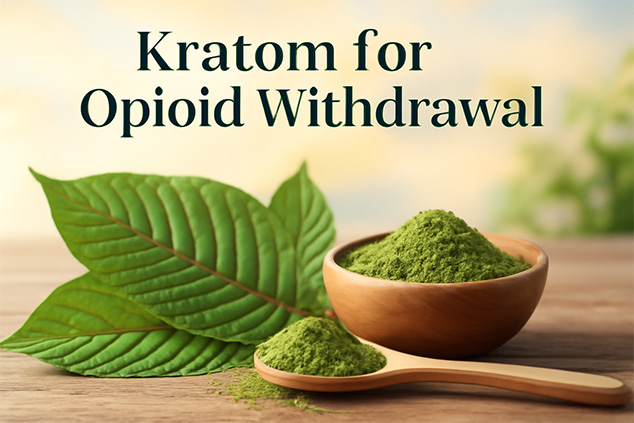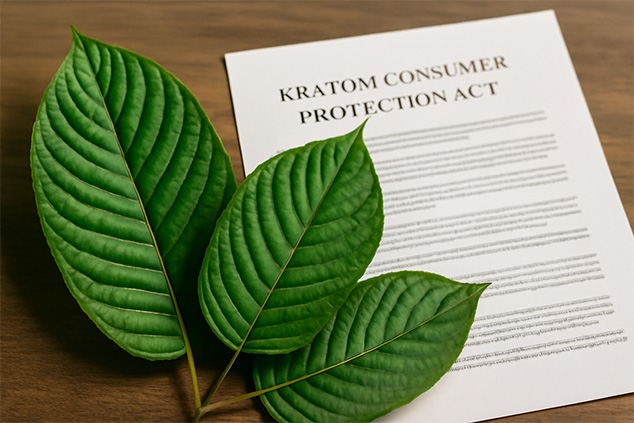Have you always envied morning people for their ability to jump out of bed, waltz into the office, and get through their to-do list like they own the … [Read more...] about White Vein Borneo Kratom Review: Your Ultimate Productivity Hack
Green Malay Kratom Review: Effects and Dosage Tips
While most kratom powder you can find in the west comes from Indonesia, we can’t forget about its neighbor Malaysia. Kratom is indigenous there too, … [Read more...] about Green Malay Kratom Review: Effects and Dosage Tips
Kratom and Alcohol: Can You Combine the Two?
When you’re using an herbal supplement, you usually don’t think of it as a medicine. This is why many people may combine alcohol with the herbal … [Read more...] about Kratom and Alcohol: Can You Combine the Two?
Is Kratom for Opioid Withdrawal a Solution or a Greater Problem?
Taking kratom for opioid withdrawal is by far one the most common uses of the herb. So, if you’ve turned to the internet to look it up, you’re likely … [Read more...] about Is Kratom for Opioid Withdrawal a Solution or a Greater Problem?
Kratom Consumer Protection Act: Here’s What You Need to Know
Spring, 2019, came with a new term in the kratom world. The Kratom Consumer Protection Act. Just a few weeks prior no one knew about it, suddenly … [Read more...] about Kratom Consumer Protection Act: Here’s What You Need to Know




